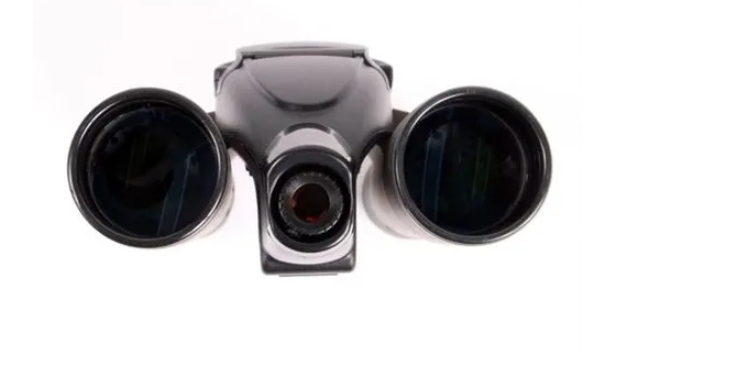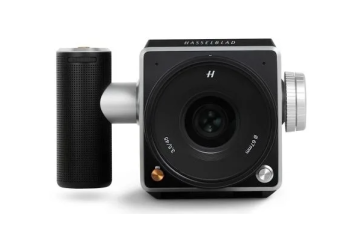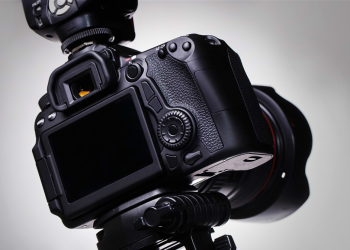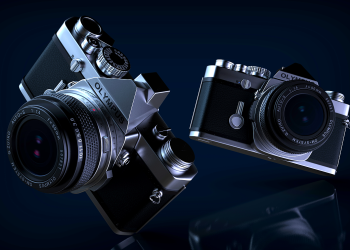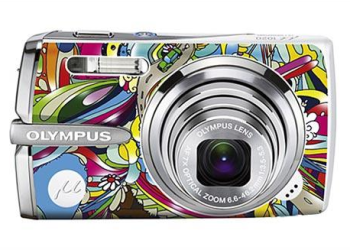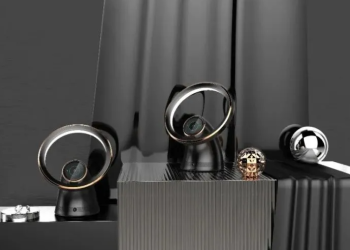Introduction
Night photography offers a unique opportunity to capture the world in a different light, quite literally. In this article, we’ll delve into various techniques and tips to help you master the art of capturing stunning shots in low light conditions.
Understanding Low Light Conditions
Challenges and Opportunities: Low light conditions present challenges such as reduced visibility and longer exposure times, but they also offer opportunities for creativity and experimentation with light and shadow.
Effects on Photography: In low light, colors may appear differently, and details can be obscured. Understanding how light behaves in different conditions is crucial for successful night photography.
Essential Gear for Night Photography
Camera and Lens Considerations: Choose a camera with good low light performance and a lens with a wide aperture to allow more light into the sensor. Prime lenses with wide apertures are ideal for night photography.
Tripods and Stability: Invest in a sturdy tripod to keep your camera stable during long exposures. A remote shutter release or timer can help minimize camera shake.
Additional Accessories: Consider carrying a flashlight for light painting or illuminating subjects, as well as spare batteries and memory cards for extended shooting sessions.
Mastering Camera Settings for Low Light
ISO Settings: Increase the ISO sensitivity to capture more light in low light conditions, but be mindful of noise. Find the optimal balance between ISO and image quality.
Aperture Considerations: Use a wide aperture (low f-stop number) to let in more light and create a shallow depth of field. Experiment with different apertures to achieve the desired effect.
Shutter Speed Techniques: Adjust the shutter speed to control the exposure and capture motion or freeze action. Longer exposures can create interesting effects like light trails, while faster shutter speeds are necessary for capturing sharp images of moving subjects.
Utilizing Long Exposure Techniques
Bulb Mode: Use bulb mode to manually control the exposure time for extended periods, allowing you to capture light trails, star trails, and other long exposure effects.
Light Trails and Star Trails: Experiment with capturing the movement of light sources like cars or stars over an extended period to create dynamic and mesmerizing images.
Painting with Light: Harness the power of light painting techniques to add creative accents and highlights to your night photographs using a flashlight or other light sources.
Harnessing Artificial Light Sources
Streetlights and Cityscapes: Leverage existing sources of artificial light like streetlights and cityscapes to illuminate your subjects and create captivating urban nightscapes.
Light Painting Techniques: Explore light painting techniques to add drama and intrigue to your images, using handheld lights or colored gels to selectively illuminate parts of the scene.
Using Flash and External Lighting: Incorporate flash or external lighting to fill in shadows and add depth to your night photographs, especially when shooting portraits or close-up subjects.
Composition Tips for Night Photography
Balancing Light and Shadow: Pay attention to the interplay between light and shadow in your compositions, aiming for a balanced distribution of tones and textures.
Leading Lines and Symmetry: Look for leading lines and symmetrical elements in the scene to guide the viewer’s eye and create visually appealing compositions.
Framing Techniques: Frame your subjects using natural or architectural elements to add depth and context to your night photographs.
Planning and Preparation
Scouting Locations: Research and scout potential shooting locations during the day to familiarize yourself with the surroundings and identify interesting compositions.
Weather Considerations: Monitor weather conditions and plan your night photography outings accordingly, taking into account factors like temperature, humidity, and precipitation.
Timing and Timing: Timing is crucial for night photography, with the golden hours of twilight offering ideal conditions for capturing dramatic skies and vibrant city lights.
Safety Considerations for Night Photography
Staying Aware of Surroundings: Be mindful of your surroundings and stay vigilant, especially when shooting in unfamiliar or remote locations at night.
Securing Equipment: Keep your gear secure and be cautious of theft or damage, especially when shooting in public areas or urban environments.
Traveling in Groups: Consider shooting with a friend or in a group for added safety and companionship, especially when exploring remote or isolated locations.
Post-Processing Techniques
Noise Reduction: Use noise reduction software or techniques to minimize digital noise and preserve image quality in low light photographs.
Exposure Adjustment: Fine-tune exposure settings during post-processing to enhance details in shadows and highlights and achieve the desired look for your images.
Enhancing Contrast and Colors: Adjust contrast and color saturation to bring out the vibrancy and richness of your night photographs, enhancing their visual impact.
Experimentation and Creativity
Pushing Boundaries: Don’t be afraid to push the boundaries of traditional night photography techniques and experiment with new ideas and concepts.
Trying New Techniques: Explore different techniques and styles to develop your own unique approach to night photography, from light painting to astrophotography.
Embracing Imperfection: Embrace imperfections and unexpected results as part of the creative process, learning from mistakes and refining your skills over time.
Practical Tips for Success
Patience and Persistence: Night photography requires patience and persistence, with many factors beyond your control. Keep practicing and experimenting, and don’t get discouraged by setbacks.
Learning from Mistakes: Analyzing your mistakes and learning from them is essential for growth as a photographer. Don’t be afraid to critique your own work and seek feedback from others.
Celebrating Successes: Celebrate your successes and milestones along the way, whether it’s capturing a breathtaking landscape or mastering a new technique. Enjoy the journey of discovery and creativity.
Inspiration and Resources
Learning from Others: Seek inspiration from other photographers and artists, studying their work and techniques to expand your own creative horizons.
Seeking Inspiration: Find inspiration in the world around you, from the beauty of nature to the hustle and bustle of urban life. Keep an open mind and a curious spirit.
Continuing Education: Never stop learning and growing as a photographer. Take workshops, attend photography classes, and explore online resources to expand your knowledge and skills.
Conclusion
In conclusion, night photography offers a wealth of creative possibilities for capturing stunning images in low light conditions. By mastering essential techniques, planning and preparation, and embracing experimentation and creativity, you can elevate your night photography skills and create captivating images that truly stand out.

FAQs After The Conclusion
- What are the best camera settings for night photography?
- Experiment with different ISO, aperture, and shutter speed settings to find the optimal balance for your desired effect and lighting conditions.
- How can I reduce noise in my night photographs?
- Use noise reduction software or techniques during post-processing to minimize digital noise and preserve image quality.
- What is light painting, and how can I incorporate it into my night photography?
- Light painting involves using handheld lights or colored gels to selectively illuminate parts of the scene, adding creative accents and highlights to your night photographs.
- What safety precautions should I take when shooting night photography?
- Stay aware of your surroundings, secure your gear, and consider shooting with a friend or in a group, especially when exploring remote or isolated locations at night.
- How can I improve my composition in night photography?
- Pay attention to the interplay between light and shadow, look for leading lines and symmetry, and experiment with framing techniques to create visually appealing compositions in low light conditions.
- What is the best time of day for night photography?
- The golden hours of twilight offer ideal conditions for capturing dramatic skies and vibrant city lights, but night photography can be done effectively at any time after sunset.
- How can I find inspiration for my night photography?
- Seek inspiration from other photographers and artists, explore the world around you, and keep an open mind and a curious spirit to discover new creative possibilities.
- What post-processing techniques can enhance my night photographs?
- Experiment with exposure adjustment, noise reduction, and color enhancement techniques during post-processing to enhance the visual impact and overall quality of your night photographs.


